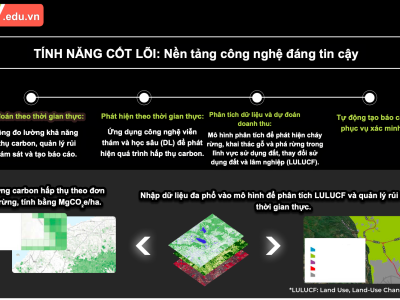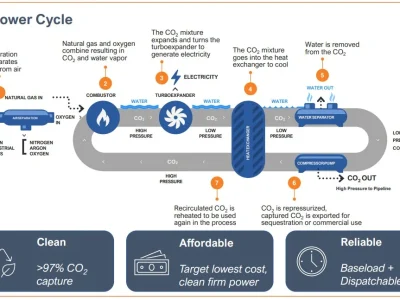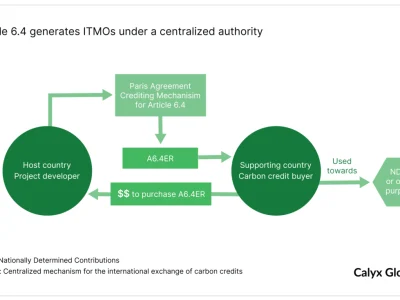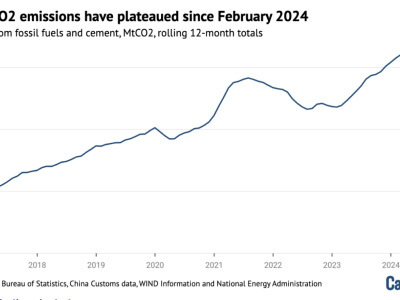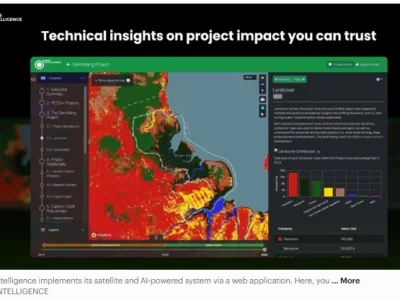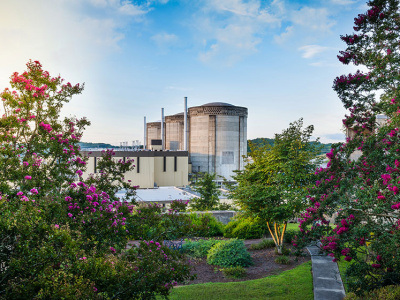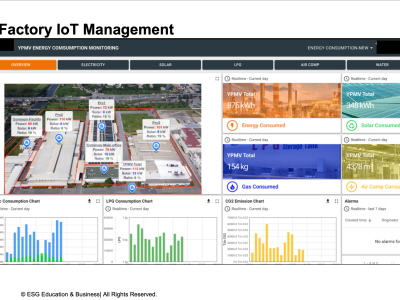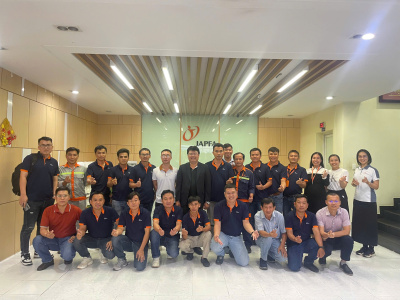 Chuong trinh dao tao
Chuong trinh dao tao
Environmental and Social Impacts of Solid Fuel Use for Cooking
1. Household and Ambient Air Pollution
Household air pollution (HAP) not only harms indoor air quality but also contributes significantly to ambient (outdoor) air pollution. According to the World Health Organization (WHO), HAP is responsible for approximately 400,000 additional deaths each year due to its contribution to outdoor pollution—equivalent to 12% of total ambient air pollution-related mortality.

2. Contribution to Climate Change
Traditional firewood-based cooking methods are major contributors to greenhouse gas emissions:
- 3% of global CO₂ emissions
- 25% of global black carbon emissions
- Over 1.3 billion tonnes of annual wood fuel consumption (World Bank, 2015)
Processed solid fuels such as charcoal release large amounts of pollutants during production. Charcoal kilns, similar to biochar production systems, emit gases capable of altering regional and even global climate (Koppmann et al., 2005; Streets, 2006; Ramanathan & Carmichael, 2008). The combustion of solid fuels produces significant greenhouse gases (GHGs), notably black carbon, which is recognized as the second largest contributor to global warming after CO₂ (Streets, 2006).
The Stockholm Environment Institute estimated that improved cookstove programs could reduce up to 1 gigatonne of CO₂ emissions annually, or roughly 2% of global emissions, by cutting 1–3 tonnes of CO₂ per stove per year (WHO, 2016).
3. Deforestation and Resource Depletion
The use of firewood and charcoal leads to deforestation, as forests cannot regenerate quickly enough to meet the demand. Forests, which cover 31% of Earth’s land area, are critical carbon sinks and home to biodiversity. Deforestation not only destroys ecosystems but also releases stored carbon, contributing to 15% of global GHG emissions (WWF, 2017).
4. Gender and Social Inequality
The poorest populations, especially women and children, bear the brunt of inefficient cooking practices. In low-income households, women spend the most time near cooking fires and are responsible for fuel collection, cooking, and cleaning. Girls, particularly those under 5 years old, often help and lose significant time to these tasks. According to WHO, girls in such households suffer the highest time burden, which could otherwise be used for education or income-generating activities.
The act of collecting firewood exposes women and girls to risks of violence. Overall, women and children account for 60% of premature deaths related to HAP, with nearly 500,000 women dying annually from chronic obstructive pulmonary disease (COPD) and another 500,000 children under five from pneumonia, both directly linked to indoor air pollution (WHO, 2016).
Children are especially vulnerable because they inhale more air per body weight and have developing lungs that are highly susceptible to environmental toxins (AAP, 2004).
5. Economic Burden
The World Bank estimated that reliance on solid fuels for cooking cost the global economy up to $222 billion annually (World Bank, 2015). This includes:
- Healthcare costs
- Lost productivity
- Environmental degradation
Poor urban populations may spend up to 25% of their income on cooking and lighting fuels. Rising fuel prices, especially for firewood (+5%) and charcoal (+6%) annually in Southeast Asia, further burden these communities (World Bank, 2015).
6. Firewood and Charcoal: Inefficient but Widely Used
Over 2 billion people rely on wood for cooking, making it the most commonly used solid fuel (FAO, 2017). Yet, firewood is:
- Inefficient (low energy density and high moisture content)
- Health damaging
- Environmentally destructive
Charcoal, though more energy-dense, emits more greenhouse gases during production and relies on complex value chains. It is more expensive and less sustainable in the long term (Bhattacharya et al., 2002).
7. Other Problematic Fuels
- Dry dung cakes (common in India but not Southeast Asia) are high emitters of black carbon and destroy manure’s value as organic fertilizer.
- Coal, while energy-dense, emits more CO₂ than biomass and contains toxic heavy metals like arsenic and mercury.
- Kerosene, a fossil fuel, is associated with high fire and burn risks and emits harmful levels of particulate matter. Though declining in use, it remains popular in some low-income households due to affordability.
- Crop residue burning emits vast amounts of CO₂, CO, NOx, SO₂, and PM2.5, all of which severely impact human health and contribute to smog, acid rain, and climate change. One ton of burnt straw can emit 60 kg of CO, 1,460 kg of CO₂, and 3 kg of PM (Gupta et al., 2004).
Despite its environmental costs, crop residue has high calorific value and can be a sustainable fuel option when used cleanly (e.g., gasification), especially since it does not contribute to deforestation.
8. Limited Success of Biomass Power Plants
Attempts to convert biomass into electricity have mostly failed to scale due to its low energy density and inefficient energy conversion rates, making them economically and technically unsustainable.
Author: Asean Farmers Expert Team


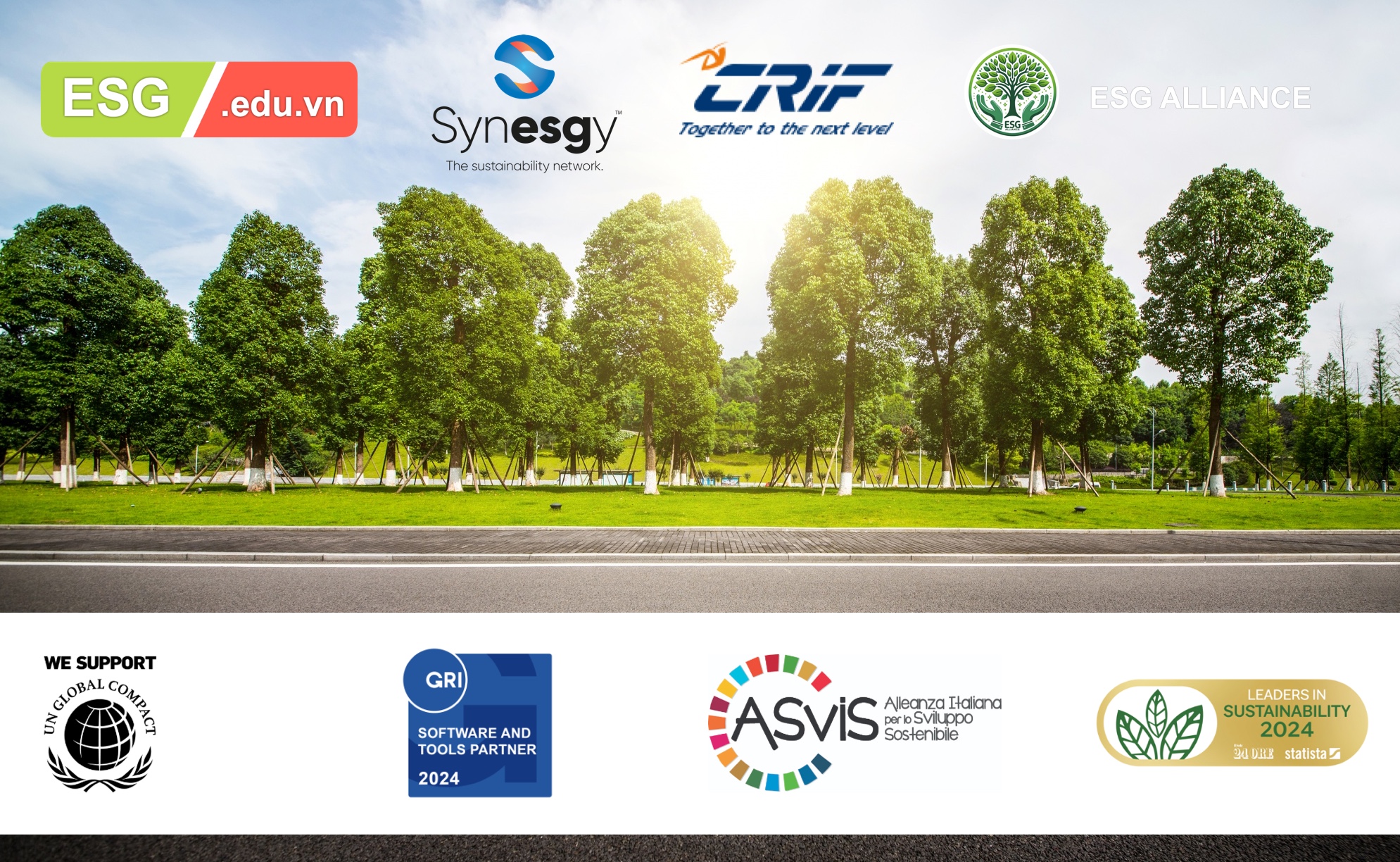









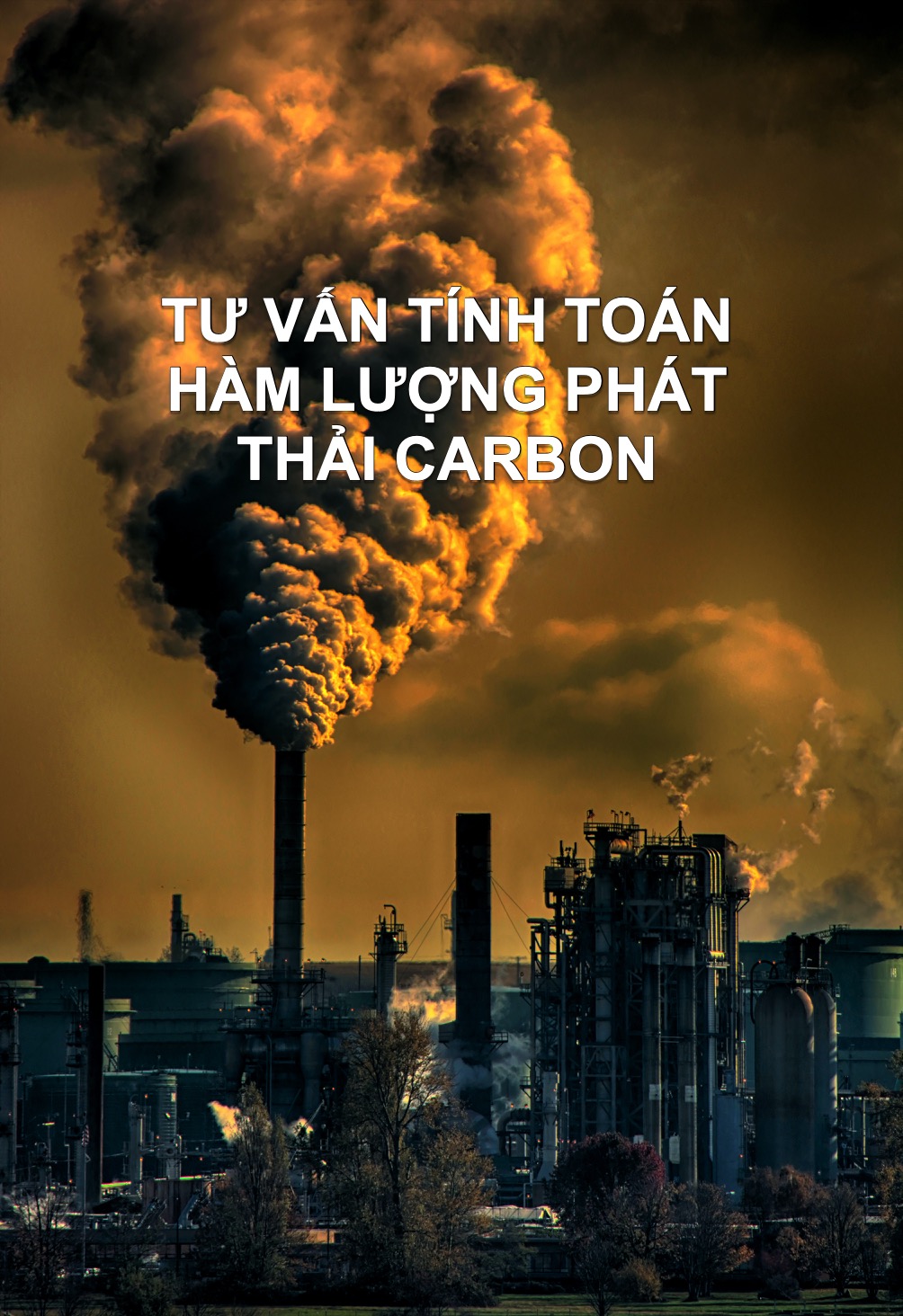
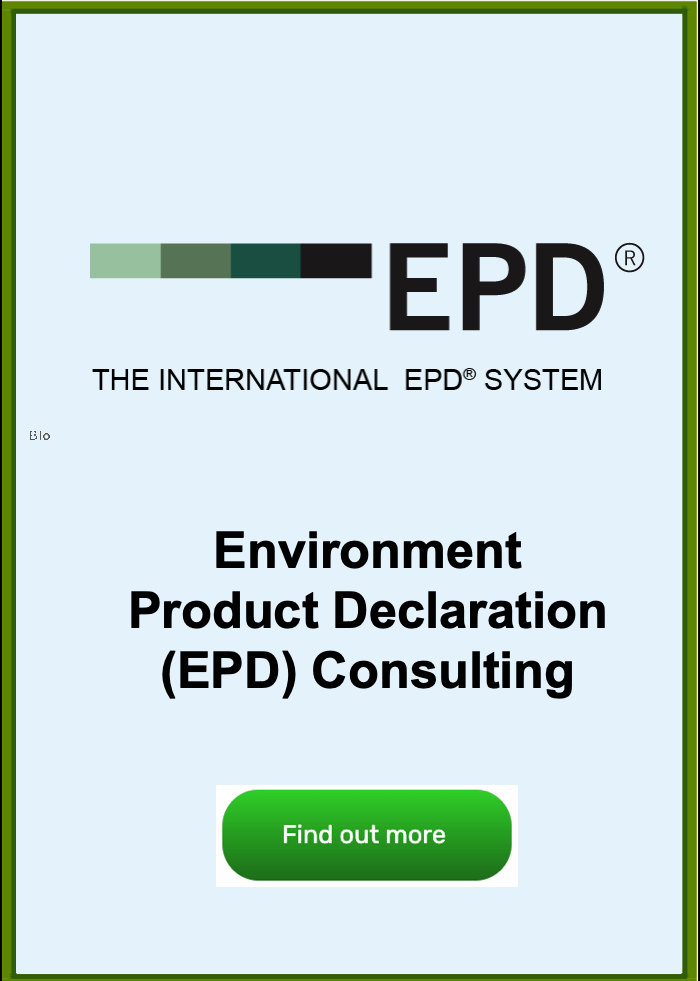
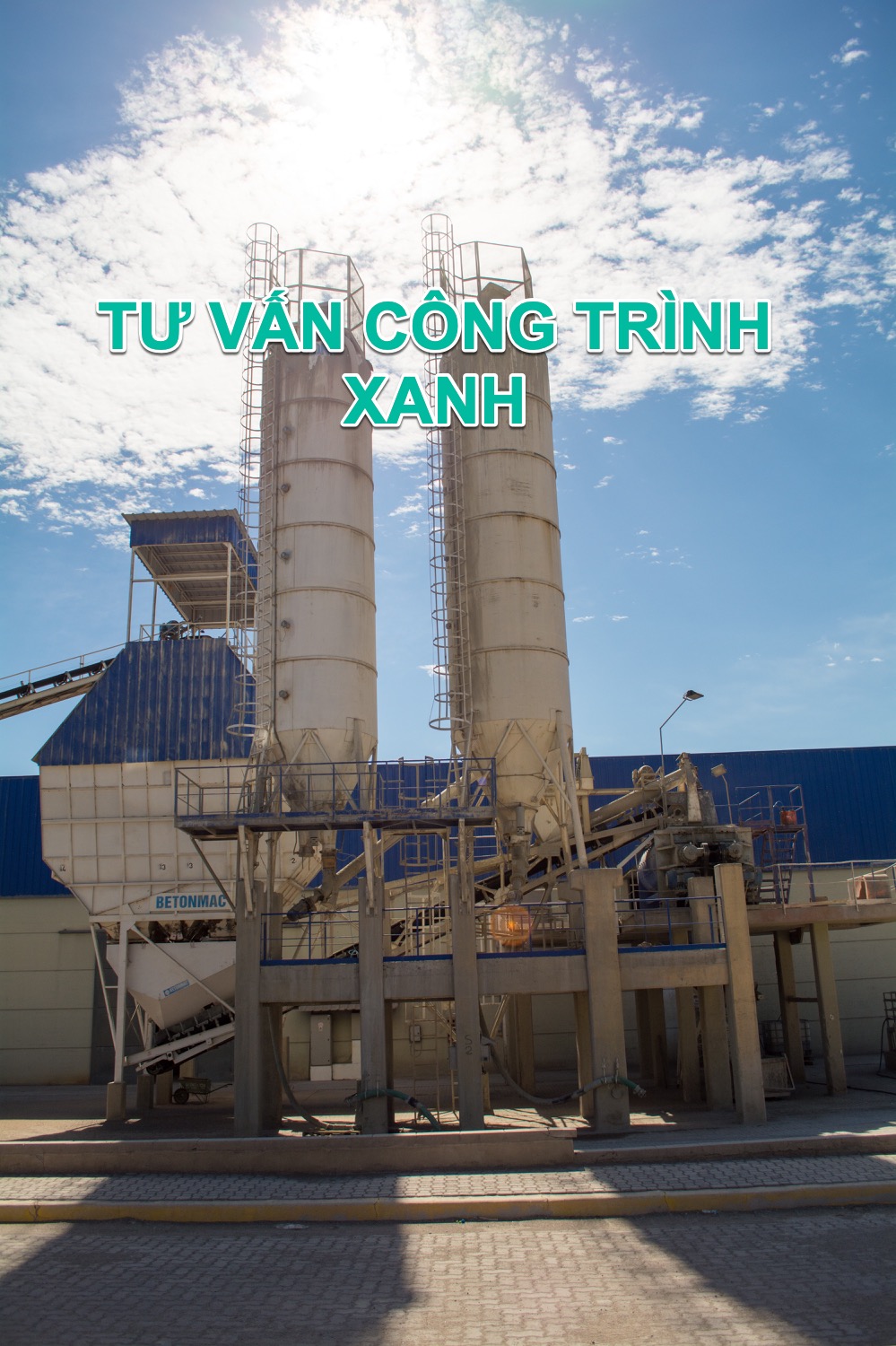

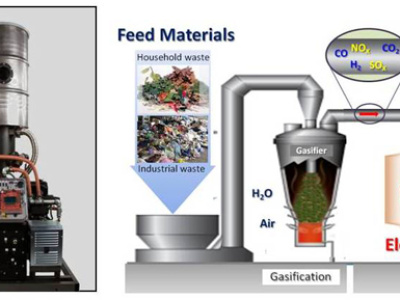
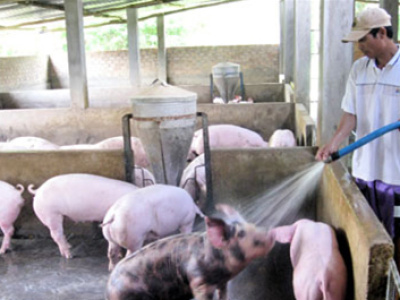
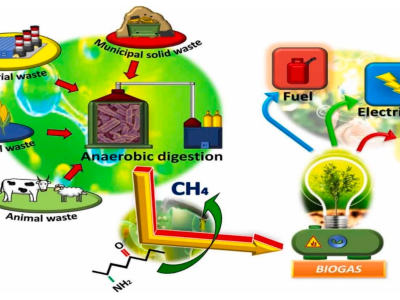
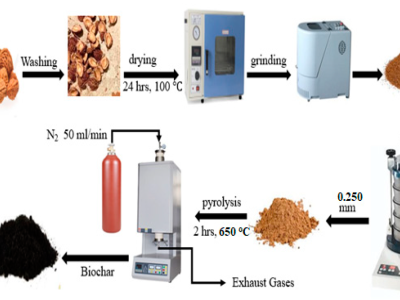
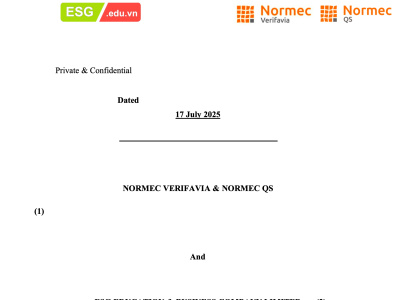

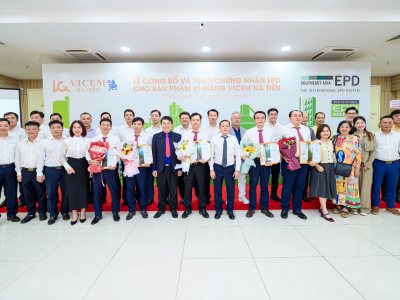
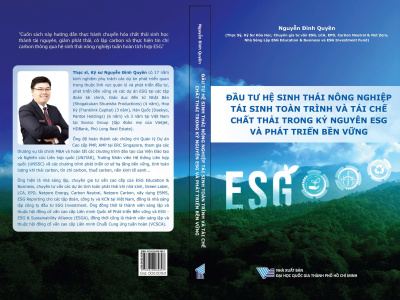


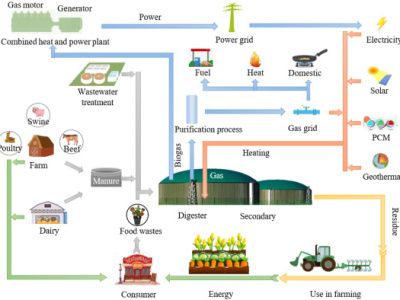
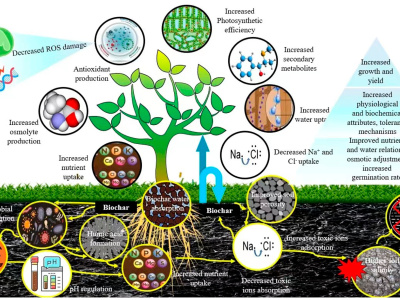
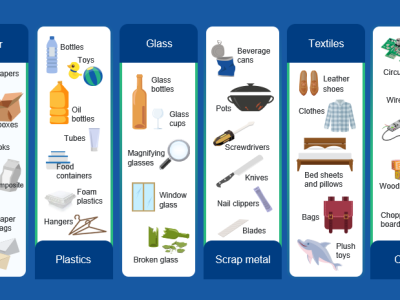
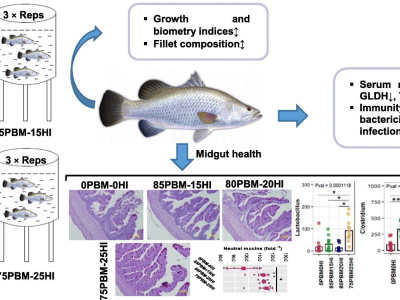
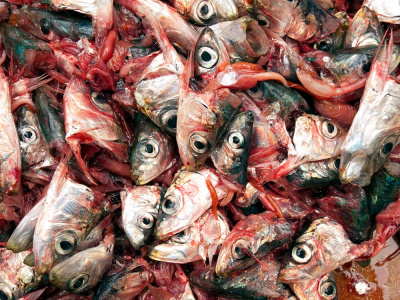
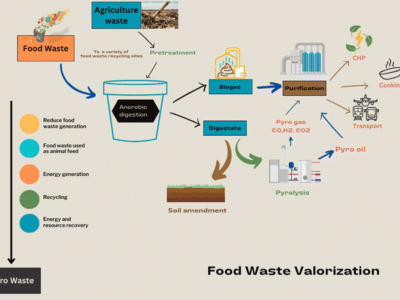
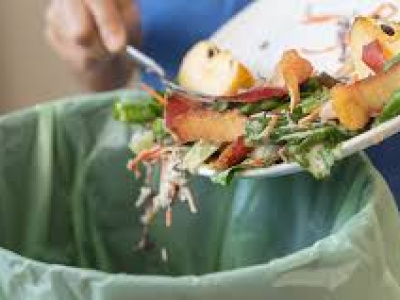
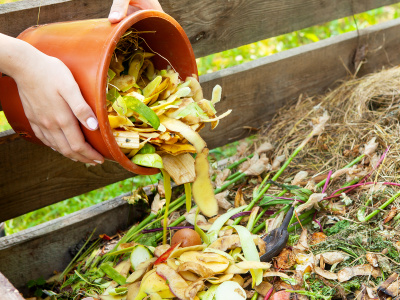
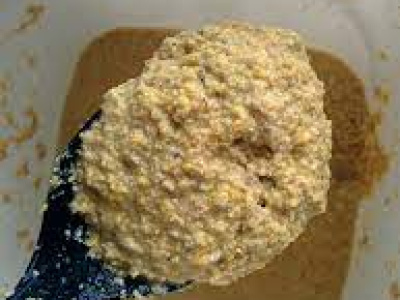
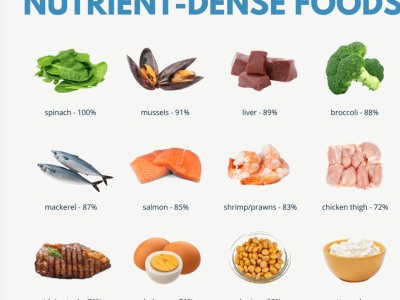
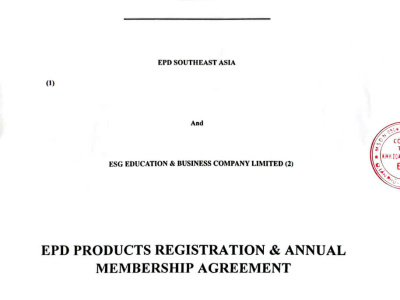
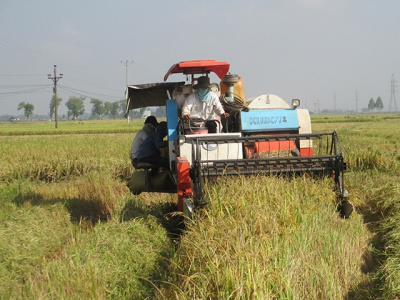
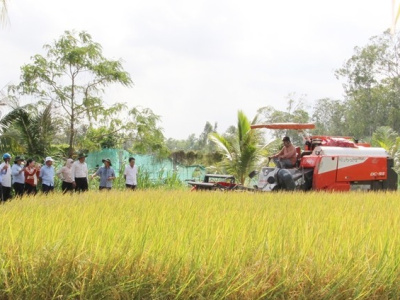
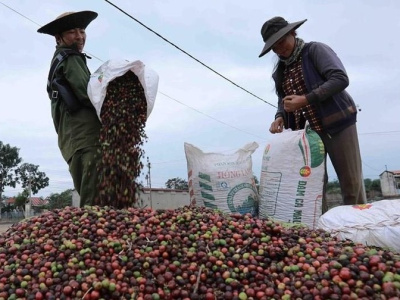
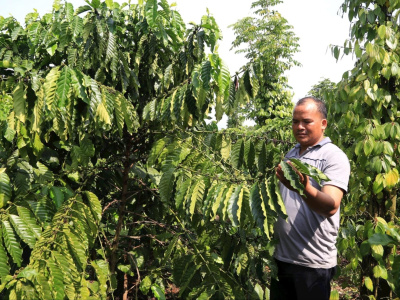
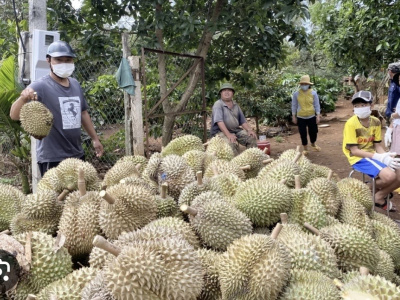
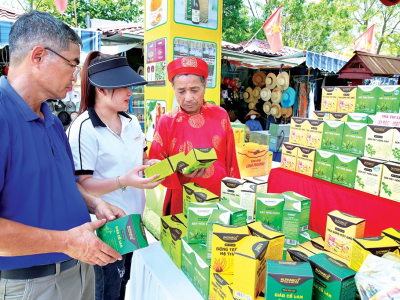
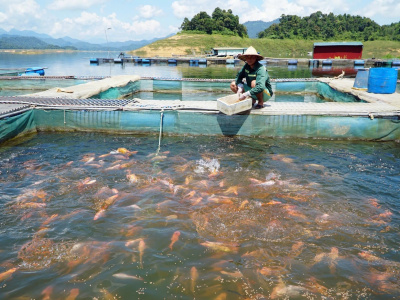
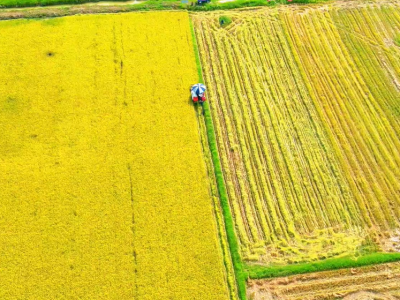
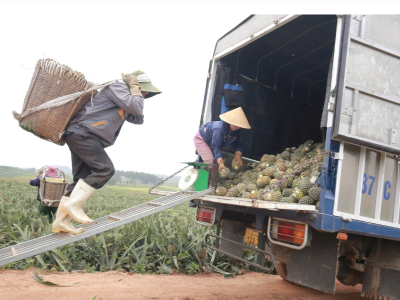
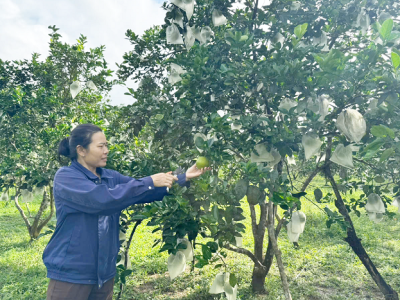
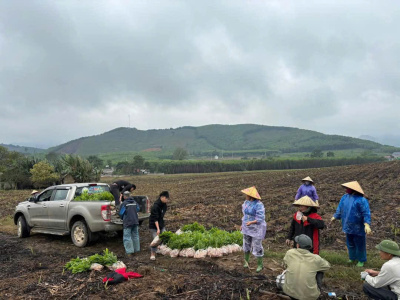
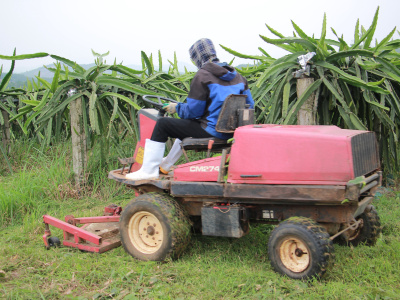
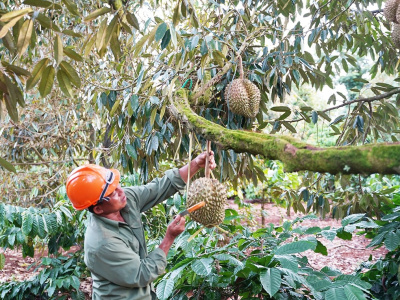
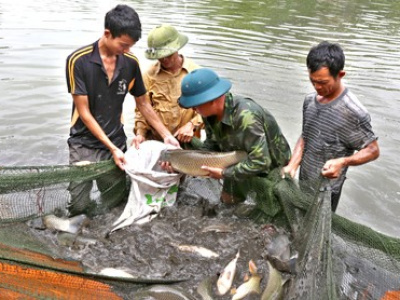
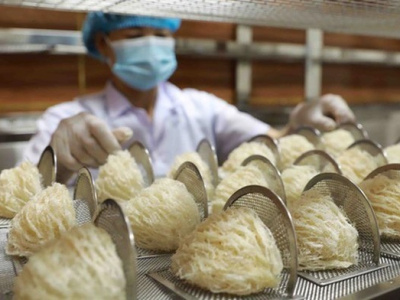
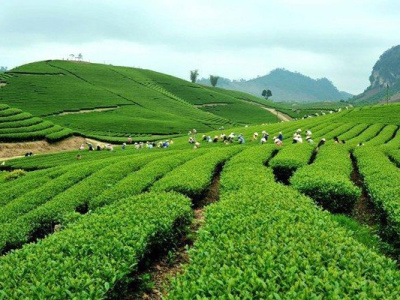
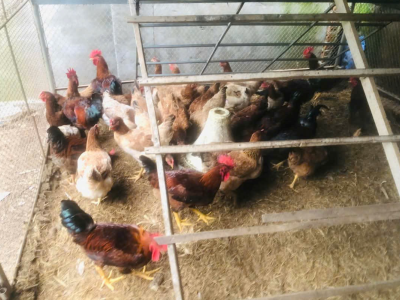
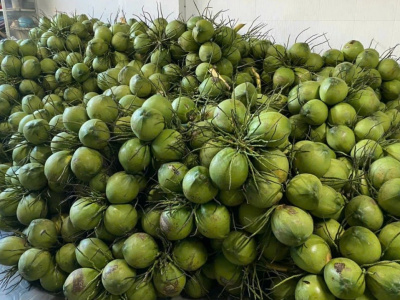
![NGUYỄN ĐÌNH QUYỀN [VN]](https://aseanfarmers.com/wp-content/uploads/NGUYEN-DINH-QUYEN-VN-400x300.png)
